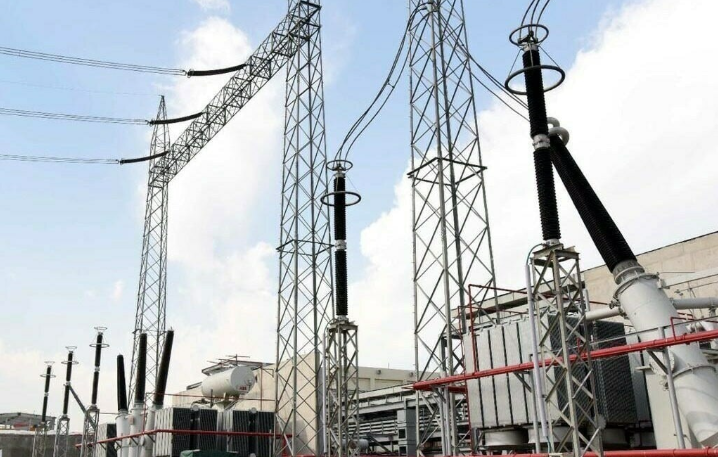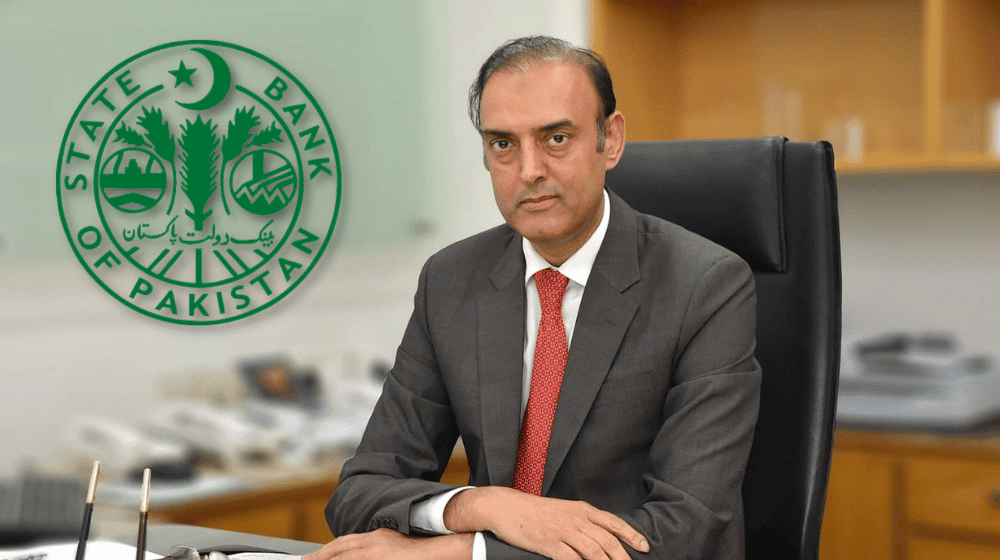PTBP Web Desk
The Central Power Purchasing Agency–Guaranteed (CPPA-G) has projected up to 8 percent rupee depreciation and 1 percent growth in electricity demand for Calendar Year 2026, raising a series of questions from the National Electric Power Regulatory Authority (Nepra) and industry stakeholders. These projections were discussed during a detailed public hearing held to evaluate CPPA-G’s petition regarding the Power Purchase Price (PPP) for 2026.
During the hearing, Nepra examined the revised assumptions submitted by CPPA-G, comparing them with the original petition submitted earlier. The Authority — including Chairman Waseem Mukhtar, Member (Technical) Rafique Ahmad Shaikh, Member (Law) Amina Ahmed and Member (Development) Maqsood Anwar Khan — reviewed CPPA-G’s five proposed PPP scenarios based on varying exchange rates, demand growth figures and fuel price expectations.
Officials from the Power Division, including Additional Secretary (Power Finance) Mehfooz Bhatti and CPPA-G CEO Rehan Akhtar, represented the government’s position. However, Nepra expressed dissatisfaction with the “lack of clarity” and “ambiguity” in the updated projections, noting that the data needed clearer justification given its direct impact on electricity tariffs nationwide.
CPPA-G submitted five projected PPP scenarios based on reference demand with 1 percent growth:
- Scenario 1:
Exchange rate: Rs 290–300/$
Conditions: Normal hydrology, normal fuel prices
Projected PPP: Rs 25.95/kWh - Scenario 2:
Exchange rate: Rs 290–310/$
Demand growth: 1 percent
Projected PPP: Rs 26.53/kWh - Scenario 3:
Exchange rate: Rs 290–300/$
Demand growth: 2.5 percent
Projected PPP: Rs 25.73/kWh - Scenario 4:
Exchange rate: Rs 290–300/$
Fuel prices: 5 percent increase
Projected PPP: Rs 26.20/kWh - Scenario 5:
Fuel prices: 5 percent decrease
Projected PPP: Rs 25.69/kWh
According to CPPA-G, these models rely on assumptions regarding the exchange rate, inflation, fuel markets and international indicators, including IMF-reported SOFR rates and global oil benchmarks. The Agency maintained that a moderate exchange-rate projection was justified due to currency stability over the last 18 months.
CPPA-G acknowledged three major external variables that could significantly alter the projections:
- the USD-PKR exchange rate,
- the growth trajectory of electricity generation,
- and future fuel price movements.
The National Grid Company (NGC) accepted CPPA-G’s revised assumptions and informed Nepra that maximum transmission capability for next year is expected to reach 25,000 MW. No data, however, was provided regarding the expanding solar net metering trend across Pakistan.
Industry stakeholders strongly criticized the assumptions used in the PPP forecast, arguing that they do not reflect ground realities.
Textile exporter Aamir Sheikh emphasized that the sector needs predictable Fuel Price Adjustments (FPA) and Quarterly Tariff Adjustments (QTA) to maintain competitiveness. He said that higher gas prices — which are expected to be rebased on January 1 — could again raise FPAs unnecessarily. He urged the Power Division to use accurate gas pricing assumptions when preparing the next tariff model.
He added that industries had earlier recommended lowering electricity tariffs to 9 cents to revive demand, but instead, the government is introducing a three-year incremental consumption package. He stressed that the load factor for this package should be set at 40 percent, reflecting real industrial usage patterns.
Industry representatives also cited examples from abroad, pointing out that Germany recently reduced industrial tariffs to 5-euro cents to maintain global competitiveness. In contrast, Pakistan’s industrial tariff remains near 14 cents, widening the national trade deficit, which has reached $11.26 billion from July to October.
Karachi Chamber of Commerce and Industry (KCCI) representative Tanveer Barry argued that the PPP range between Rs 25.69 and Rs 26.53 per kWh indicates that electricity tariffs will not decrease in 2026. He added that CPPA-G’s assumption of rising demand contradicts current realities: demand is falling due to high prices, factory closures, economic slowdown and increasing reliance on solar installations.
Barry pointed out that Discos suffered losses of Rs 171 billion in the first quarter of FY-2025-26, compared with Rs 103 billion a year earlier, reflecting worsening financial management.
FPCCI representative Rehan Javed said that the basic problem with the power sector is unreliable data and selective application of Nepra regulations. He argued that industrial load factors already average 30–32 percent, yet CPPA-G’s proposed incremental package uses a much higher benchmark without evidence.
He also highlighted the absence of reliable data on behind-the-meter solar installations, despite their direct impact on demand forecasts. Javed reminded Nepra that industry previously warned that demand projections were overstated — a prediction validated when actual demand grew 0.50 percent against CPPA-G’s earlier projection of negative 1.80 percent.
He further emphasized that unresolved issues, such as the Rs 131 billion annual cross-subsidy burden on industry and a fresh Rs 79 billion rise in circular debt, show that core structural problems persist.
Javed concluded by urging Nepra to ensure transparency and base all calculations on accurate data so that future power tariffs reflect Pakistan’s economic realities and industrial needs.




